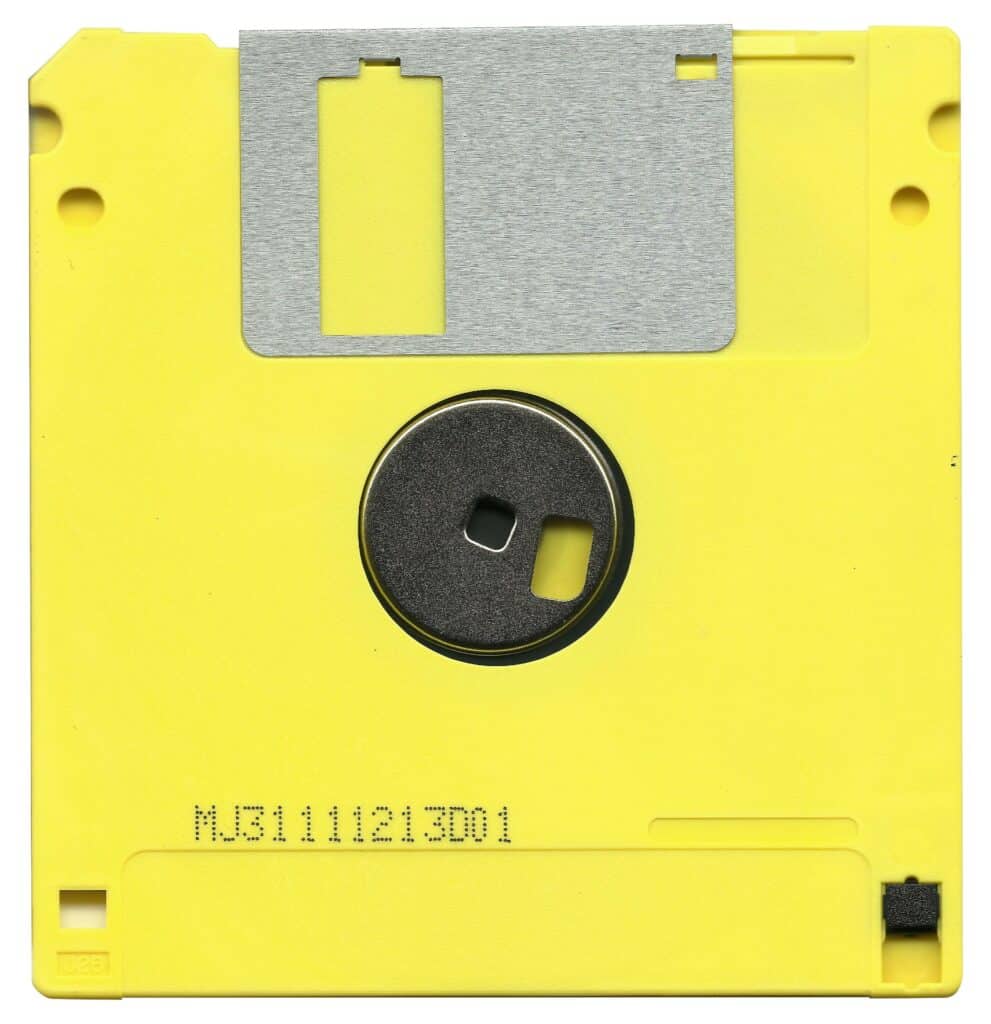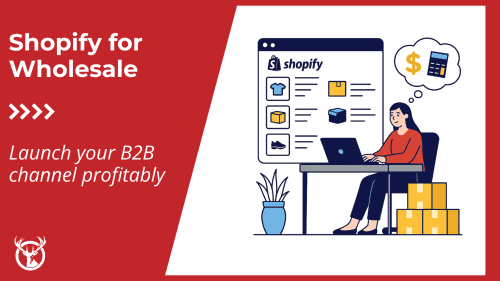Online shopping feels like a natural and essential part of our modern world. It’s hard to remember that it’s only been around for a few short decades. Even 20 years ago, most internet connections were through slow dial-up modems. The history of eCommerce follows the evolution of the world wide web. Stepping back to the early days of online shopping and eCommerce fulfillment makes it clear how far we have come.
A short history of eCommerce
Online shopping has been around since before the internet existed in the form we know it today. Electronic commerce started with a bulletin board to buy and sell computer equipment. Now it consists of global marketplaces where consumers can shop online for almost anything. Products ship from 3PL warehouses right to the front door of the customer.

Here’s our brief history of eCommerce.
Electronic data interchange (EDI) and the invention of eCommerce
The first eCommerce company, Compuserve, was founded in 1969. The company was established to provide computer sharing services to businesses. Initially, its servers were only online during business hours. The initial service sent data through phone lines. At that time, there was no internet.

Compuserve couldn’t have existed without the electronic data interchange (EDI) protocols. EDI allows data to be sent from one computer and arrive at another in the same form.
In 1979, a British engineer named Michael Aldrich hooked up a modified television set to a computer. This innovation created the foundation for the essentials of eCommerce, including online transactions. Aldrich’s invention also formed the basis for email.
The first eCommerce marketplace was the Boston Computer Exchange. The exchange went live in 1982. Sellers uploaded items for sale, and buyers could view them on a computer bulletin board system (BBS). A BBS was a way to view and exchange information online in the early days of eCommerce. That included buying and selling products and services.

The next big eCommerce site was an online bookstore called Book Stacks Unlimited. It started with online sales on a BBS in 1992 and moved to the world wide web in 1994. It would be eclipsed by another marketplace that began as an online bookstore: Amazon.com.
Browsers open up the world wide web
Today, it’s hard to imagine a world without Safari, Chrome, or Firefox. Web browser software opened a window to the internet and made websites accessible. Browsers retrieve and show you web pages.
The first web browser was called WorldWideWeb. It launched in 1990. This was followed in 1994 by Netscape Navigator and in 1995 by Microsoft Internet Explorer. Navigator and Explorer quickly became the dominant search engines.
Browsers made it much easier to navigate online. What had once been the domain of techies was now easily accessible to a broader audience. This was an inflection point in the history of eCommerce. The rise of online shopping soon followed.
ECommerce marketplaces, ads, and secure payments facilitate online shopping
The second half of the 1990s saw an internet boom. Amazon and eBay (originally called AuctionWeb) went live in 1995. That same year, DoubleClick brought the first ads to the internet.
In 1998, PayPal created one of the first online systems for secure online payments. China’s dominant eCommerce site, Alibaba, launched in 1999. This was a time of enormous growth in eCommerce and almost delirious optimism.
ECommerce has a setback with the Dot-com bust
Investors were dazzled by the possibilities of eCommerce. In the late 1990s, they poured money into online ventures. By 2000, the bubble burst. The dot-com boom was followed by the dot-com bust.
While many of the biggest names in eCommerce started during this period, many more companies disappeared. In the early 2000s, the history of eCommerce went from rapid growth to slow and steady.
Cyber Monday and Amazon Prime introduced
It wasn’t long before eCommerce bounced back from the dot-com bust. By 2005, the term Cyber Monday was being used to describe the biggest online shopping day of the year. The Monday after Black Friday was a day when people made online holiday purchases. This shopping day fell on a workday because, at that time, most people still accessed the internet at work, not at home.

In recent years, the Chinese holiday of Singles Day has turned into a second big day for internet sales. This is mostly thanks to Alibaba. While most U.S.-based eCommerce sites don’t run sales for Singles Day, the event generated almost $36 billion in sales in 2020.
There was another significant eCommerce development in 2005. Amazon founder Jeff Bezos introduced the Prime membership program that year. For $79, Prime members got free 2-day shipping within the United States. By 2020, there were 112 million Prime members in the U.S. — about one-third of the population. The cost had risen to $119 per year. Prime also included other perks, such as free programming on Amazon’s video service.
The rise of online shopping platforms
The first eCommerce platform launched in 2006. Shopify’s creators wanted to make it easier for small businesses to build a web presence. So they developed a platform that helps sellers to create an online shopping site. This allows companies to sell online without significant expense or technical knowledge.
Magento (2008) and BigCommerce (2009) soon followed Shopify. Today, there are many eCommerce platforms serving eCommerce companies of all sizes.
Food shopping goes virtual
Webvan, an early grocery delivery service, flopped in 2001 when the dot-com bubble burst. Safeway ventured into online shopping and delivery in 2002, but the business struggled.

It would be another decade before online shopping for food and groceries would begin to take off. Founded in 2012, Instacart sends shoppers to local stores to pick out groceries that consumers order online. That company saw its customer base spike in 2020 due to the pandemic.
Today, thanks to advances in cold warehousing and delivery, consumers can order a wide variety of food products online.
COVID-19 speeds up the rise of online shopping

For more than a decade, online shopping has steadily grown its share of retail sales. In 2011, consumers did less than 5% of their shopping online. By the beginning of 2020, that share had grown to almost 12%. As people stayed away from brick-and-mortar stores due to COVID-19, eCommerce had a historic 30% increase.
The impact of eCommerce on brick-and-mortar retail
Brick-and-mortar retail was in decline even before the pandemic. When the pandemic arrived, many shops had to close their doors. Even those that were able to stay open had many fewer customers. Retailing will undoubtedly emerge changed after the pandemic is over.

As more consumers become comfortable with online sales, many of them will continue to do so. The gains in market share in 2020 are likely to accelerate the shift from in-person to online shopping.
However, brick-and-mortar shopping is far from dead. Shoppers like to touch products before they buy. And, for many, shopping at stores is a fun outing. In the future, eCommerce and traditional retail are likely to continue to complement each other.
The future of eCommerce
It’s hard to make eCommerce predictions. The history of eCommerce shows us that the industry is nothing if not changeable.
Still, it’s safe to say that the number of items you can order online will continue to expand. Developers will continue to innovate better payment systems and web interfaces. Apps and social media will become more important for eCommerce. More consumers will make purchases on their mobile devices. The technology that powers eCommerce will continually improve. ECommerce fulfillment will get faster and more efficient.
To experience the future of eCommerce now, give Red Stag Fulfillment a call. Our cutting-edge technology puts your eCommerce business at the forefront of modern order fulfillment.










